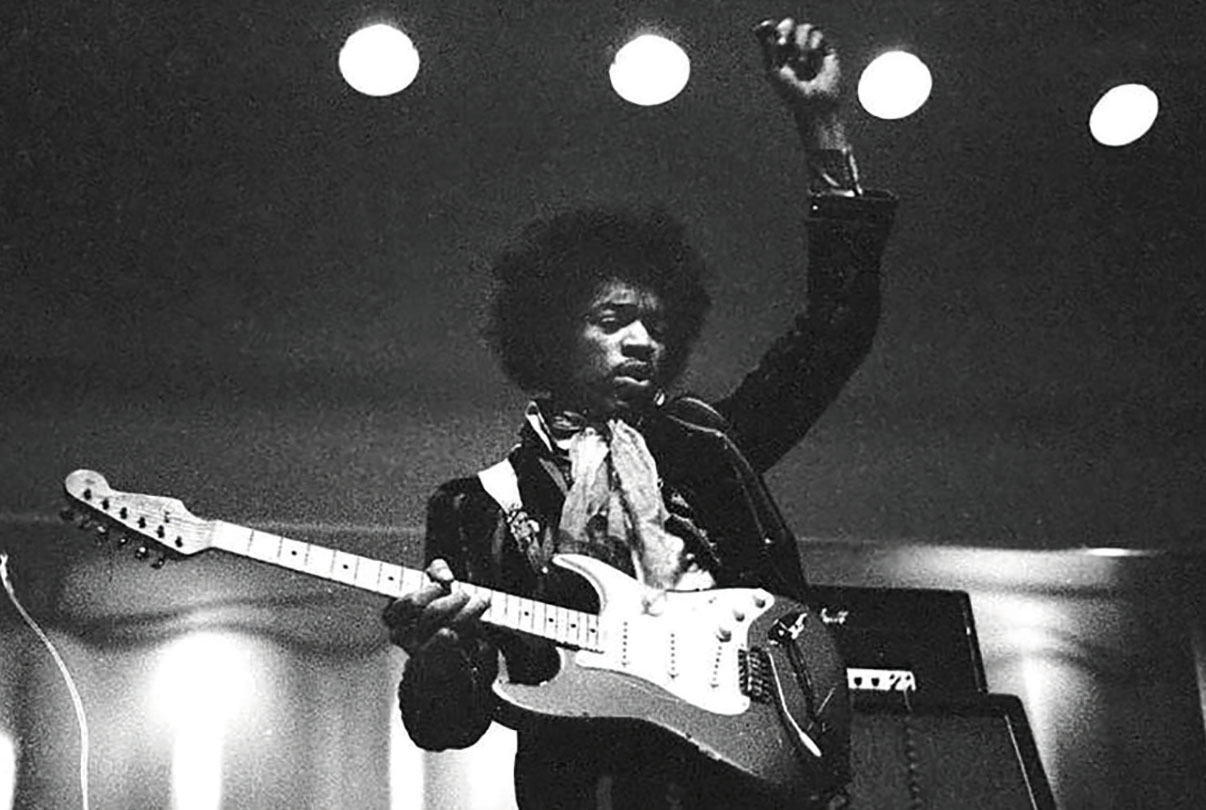
The guitar is iconic. In recent years, though, its place in schools has seemingly taken a back seat to the ukulele. Combined with the challenges facing peripatetic lessons, its role in schools can seem a bit shaky. With decisive headlines like the Washington Post's ‘The death of the electric guitar’, you’d be forgiven for thinking its popularity among young people is dwindling.
However, guitar sales and the wider industry tell a different story – they are booming and evolving rapidly. The guitar heroes and hopefuls of today are breaking boundaries, freeing themselves from the shackles of genre, gender, and culture, and are challenging the realms of possibility. A renaissance is occurring, and it's an opportunity for educators to engage and reach everyone.
‘Healthy’ guitar industry
Instrument sales, or the instrument industry in general, can be seen as the litmus test for what's popular in music and what players are thinking. I chatted with Anthony Short (executive director of the Music Industry Association) about the guitar for this article and the accompanying podcast. He's a man who knows the instrument world, and I’m pleased to report that he believes the guitar industry is very healthy. This is a sure sign (and it's to my great relief) that the guitar is still cool. But still, there have been changes.
In a crucial point that sets the tone right away, Short tells me: ‘We’ve been in a non-electric guitar, non-band mind set, really, since the early- to mid-noughties.’ This might not be that surprising to some of us, and it helps demonstrates how things like ‘that’ Washington Post article came about. So, what about the acoustic guitar? He goes on to say: ‘While electric sales are now on the rise, acoustic guitars are dominating and, crucially […] the market seems to be growing.’
The rise in acoustic guitar playing can be seen clearly in the music we are hearing and seeing around us, which in turn, equally clearly, informs sales. I’m not just talking niche music genres; I’m talking as mainstream as it gets: the likes of Ed Sheeran and Taylor Swift, both of whom have their own signature acoustic guitar lines (in fact, Sheeran now has his own company). So, acoustic guitar is very much front and centre in mainstream culture, but that alone doesn’t explain why it is becoming so popular.

Jimi Hendrix
Electronic principles
Another element of this is the actual interpretation of what an acoustic guitar is and can do. This has changed in a big way, and the birth of looping or using a loop station has enabled musicians like Sheeran to release new textures into the world. It's an electronic principle presented via an acoustic instrument. Of course, this is not just applicable to looping – artists like Rodrigo y Gabriela now comfortably fill the sonic space of a stadium with acoustic guitars. Acoustic guitars have been able to be amplified for generations, but today's technology is breathtakingly good, and the majority of acoustic guitars now come with pickups preloaded, which enable infinite sonic possibilities straight from ‘the box’, on any budget. The electrical element to acoustic guitar is now standard, and the loop station is an extension of that. Its popularity and use are growing and developing continuously too. Boss, a leading loop station innovator and brand, has sold over a million loop station units since 2001.
Shapeshifting
The guitar, particularly the acoustic, has changed drastically in the last 10 years. It has changed music itself (and, yes, the likes of Sheeran are responsible for that to a large degree). Of course, there is a reason why it feels a bit strange attributing guitar innovation to Sheeran, or KT Tunstall (who was the first example of looping I saw), because many of our guitar icons from the past are so different. They are different in how they play, and even how they perform and move. Imagine for a moment the stagecraft and presence of Hendrix or Van Halen, both innovators and heroes of the guitar. Then, put them alongside today's icons. The fact that guitar heroes are different today is important to note because it informs and inspires young players.
When I ask Jeff Schroedl (executive vice president of Hal Leonard) what changes he has noticed in the guitar education market over the last few years, he says, ‘A balance among gender,’ and ‘people enjoying different types of music.’ These are two fantastically simple but powerful observations from someone who oversees a large chunk of the world's guitar education material. The guitar is clearly becoming an instrument that is accessible to many.
It's not just in education that there is a shift too – again, back in the instrument industry, there is change in the range of artists awarded signature models, which informs what guitars look like. In fact, on talking about her recent signature model, St. Vincent described it in the Independent as ‘sympathetic to the female form’. On Schroedl's second statement, there is also a broadening of horizons for the guitar culturally. For music as a whole, this can be attributed to the rise of streaming services like Spotify, but fortunately for the guitar, the instrument has always appeared in countless genres and cultures. Most of the time, when listeners venture to a new musical culture, there it is: the guitar.

St. Vincent © COPYRIGHT (C) 2018 JUSTIN HIGUCHI
Access on a spectrum
This guitar renaissance isn’t the only reason that there is an opportunity for every educator to engage in an instrument that now truly speaks to all. Another reason is that ‘playing’ the guitar comes in all forms, and so is something a student can truly have ownership over. It can be accessed obsessively or casually. It can be enjoyed or mastered. All those approaches can equally lead to a career as a guitarist, as a complement to another musical element, or exclusively enjoying playing for wellbeing. Put another way, the guitar is what you want it to be. Schroedl notes how the instrument is unique because of the range of choice in approach, ‘from wanting to strum and sing, to riffing out with an electric and some distortion’.
Most people in the Western world have a connection to the guitar. A large majority of us have at the very least ‘had a go’, but all of us, in one way or another, have experienced it. Ultimately, it is unique – unique in its sonic potential, unique in its symbolic nature, unique in its ability to reach so many across generations. To quote Schroedl again: ‘The guitar is versatile – as times change and as music changes, it can adapt.’ The guitar is something that every single one of your students will have a connection to, and that isn’t going to change any time soon.
Listen to this article's accompanying episode of The Music Education Podcast, hosted by Chris Woods and brought to you by SoundStorm:
Music Teacher is media partner of The Music Education Podcast.








